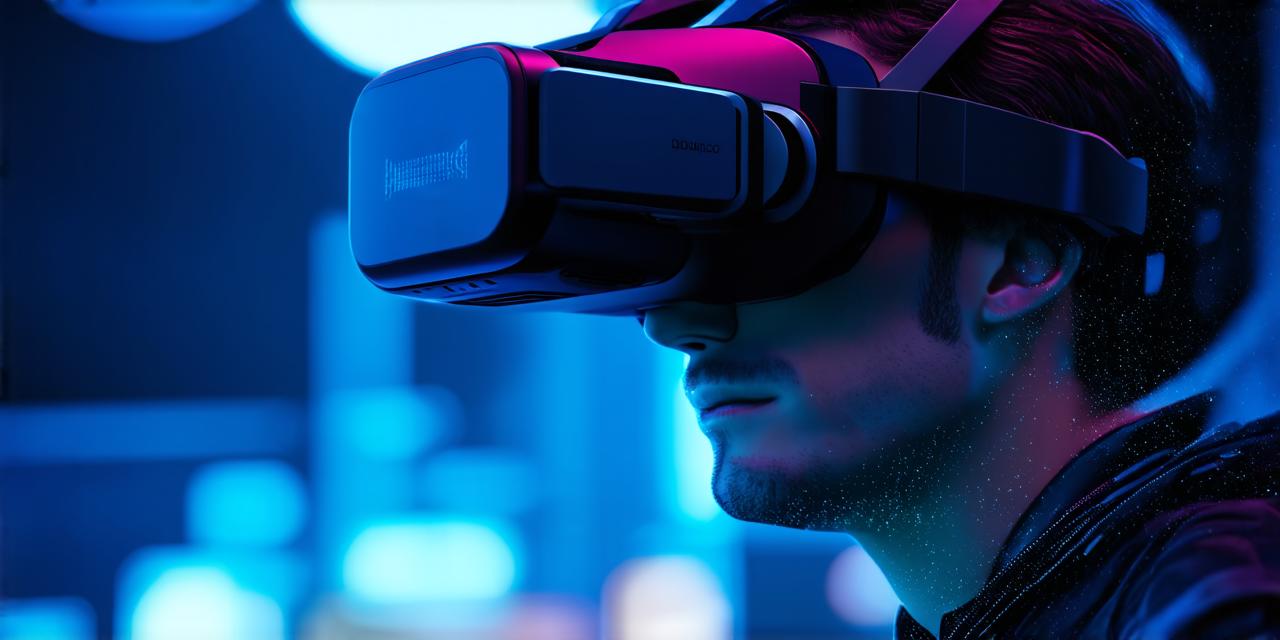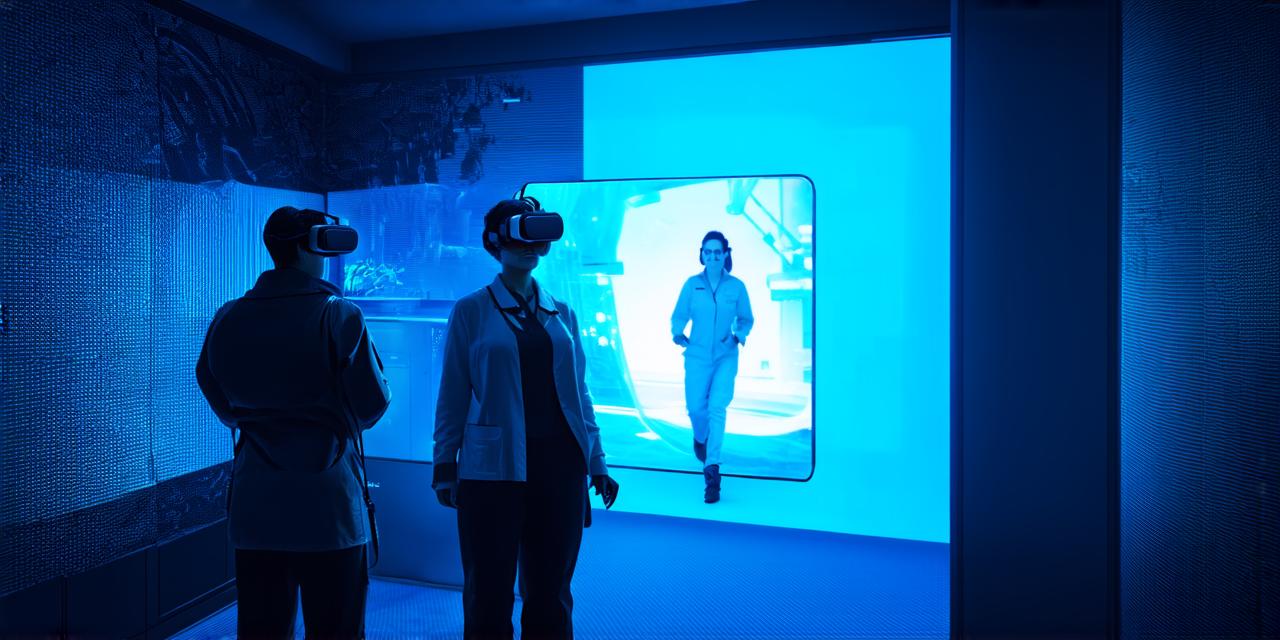Virtual reality (VR) technology has been around for a while now, and it is becoming increasingly popular as people discover its many benefits. VR provides an immersive experience that can transport you to another world, allowing you to interact with virtual objects and environments in ways that are not possible in the real world.
1. Enhanced Training and Education
One of the main benefits of VR is its ability to provide enhanced training and education experiences. By using VR technology, students and trainees can simulate real-life scenarios in a safe and controlled environment. This allows them to learn new skills and gain experience without the risk of injury or damage to equipment. For example, medical students can use VR simulations to practice surgeries, while military personnel can use VR training to prepare for combat situations.
2. Improved Therapy and Rehabilitation
Virtual reality technology has also been used in therapy and rehabilitation. By creating virtual environments that simulate real-life situations, patients can practice movements and activities that may not be possible in their physical environment. This can be particularly helpful for patients with mobility or motor disabilities, as well as those recovering from injuries. For example, a patient recovering from a stroke may use VR to practice walking or moving their arms, while a patient with PTSD may use VR to confront and overcome their fears in a controlled environment.
3. Enhanced Entertainment
Virtual reality technology has also revolutionized the entertainment industry. With VR headsets and controllers, users can immerse themselves in virtual worlds and interact with game characters and environments in ways that were not possible before. This provides a new level of immersion and engagement that can be particularly appealing to gamers who are looking for a more interactive and realistic gaming experience.
4. Increased Collaboration and Communication
Virtual reality technology has also made it easier for people to collaborate and communicate across distances. By using VR, users can create virtual environments that allow them to interact with others in real-time, regardless of where they are located. This can be particularly helpful for businesses that have employees working remotely or for teams that need to work together on a project but are located in different parts of the world.
5. Improved Mental Health and Well-being
Finally, virtual reality technology has been shown to improve mental health and well-being. By creating virtual environments that simulate relaxing or peaceful settings, users can reduce stress and anxiety levels, as well as improve their mood and overall sense of well-being. VR technology has also been used in therapy to help patients overcome phobias and other mental health issues by exposing them to virtual environments that trigger their fears.

In conclusion, virtual reality technology provides many benefits, including enhanced training and education, improved therapy and rehabilitation, enhanced entertainment, increased collaboration and communication, and improved mental health and well-being. As VR technology continues to evolve, we can expect to see even more exciting applications and uses for this technology in the future.



